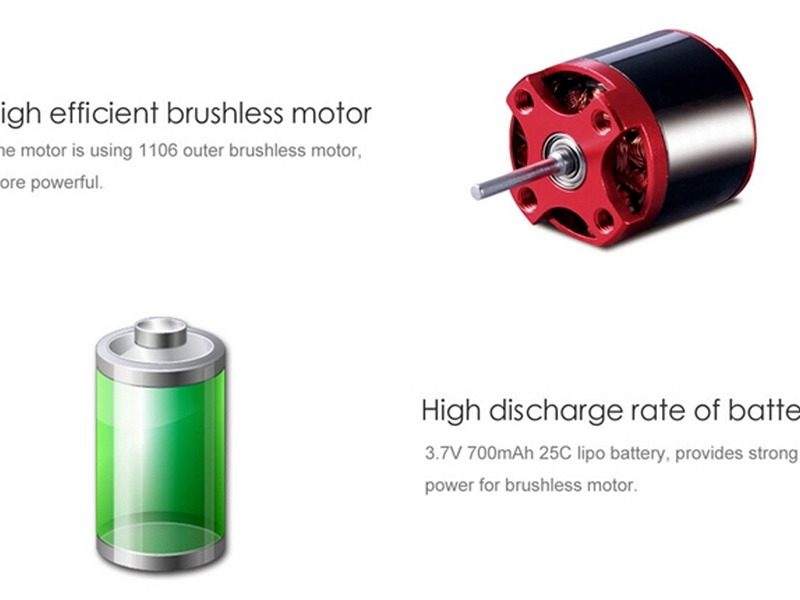How fast do brushless motors go?

Brushless motors are a type of electric motor that have become increasingly popular in recent years due to their high efficiency and low maintenance requirements. They are used in a wide range of applications, from industrial robotics to consumer electronics. But the one thing that all brushless motors have in common is that they can reach very high speeds when powered by electricity.
The speed of a brushless motor is determined by a few factors, including the type of motor and the amount of voltage applied to it. Generally speaking, the higher the voltage, the faster the motor will spin. The type of motor also affects its speed, with different designs able to reach different RPMs (revolutions per minute). For example, a "direct drive" motor will typically be able to spin faster than a "gearless" motor.
In terms of actual speed, brushless motors are capable of spinning at extremely high RPMs. This is due to the fact that they have no physical contact between the motor's rotating parts, which eliminates friction, thus allowing for higher RPMs. The exact speed of a brushless motor will depend on its design and the power supplied to it.
When powered with a 12V DC supply, a standard brushless motor can typically reach speeds of up to 15,000 RPM. However, this speed can be increased further with higher voltage supplies. For example, a 24V supply can push the same motor to speeds of up to 30,000 RPM, while higher voltages can reach even higher speeds.
In addition, brushless motors can be designed to be even faster. For example, some motors are specifically designed for high-speed applications, such as those used in drones. These motors can reach speeds of up to 50,000 RPM and higher.
In conclusion, brushless motors are capable of reaching very high speeds, depending on their design and the voltage applied to them. Standard brushless motors can reach speeds up to 15,000 RPM when powered with a 12V DC supply, while more specialized motors can reach even higher speeds.
Comments / Question
2. Longer Life: Brushless motors have a longer life than brushed motors because they don’t have any brushes to wear out and cause damage.
3. Lower Maintenance: Brushless motors require less maintenance than brushed motors because they don’t have any brushes to replace or clean.
4. Better Control: Brushless motors provide better control than brushed motors because they can be precisely controlled with electronic signals.
5. Higher Speed: Brushless motors can reach higher speeds than brushed motors because they don’t have any brushes to limit their speed.
2. KV rating: The KV rating measures the speed of the motor, so higher KV ratings will result in faster speeds.
3. Number of poles: The number of poles in the motor can affect the speed, as motors with more poles will run at lower speeds than those with fewer poles.
4. Voltage: The supply voltage of the motor can affect the speed, and higher voltages can result in higher speeds.
5. Propeller size: The propeller size can have an effect on the speed of the motor, and larger propellers will result in slower speeds.
6. Load: The load on the motor can affect the speed, and heavier loads can cause slower speeds.
7. Bearing type: The type of bearings used in the motor can affect the speed, as certain types of bearings can reduce friction and increase speed.

